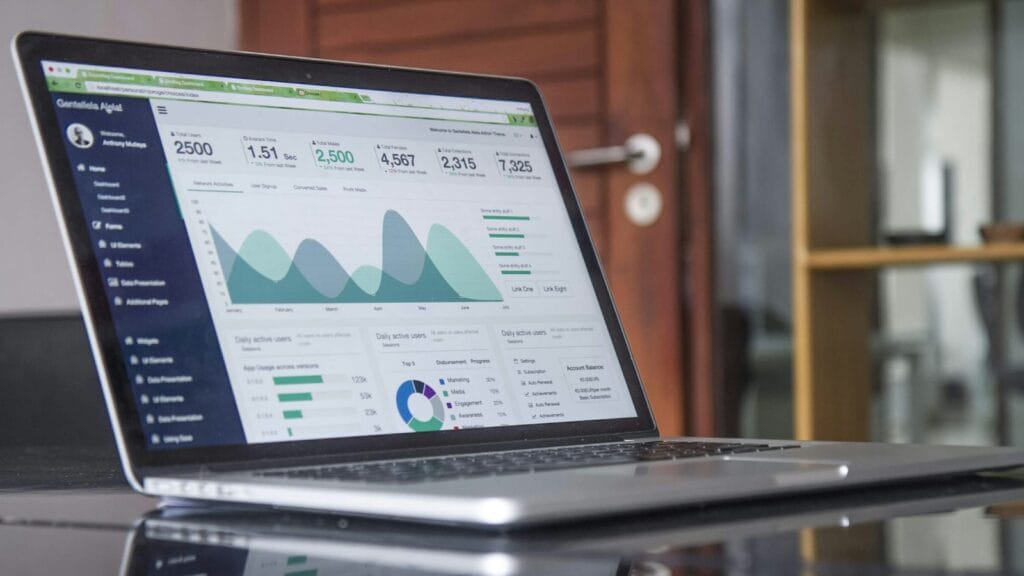5 Metrics to Maximise Your 3PL Services”
In today’s fast-paced business environment, partnering with a reliable 3PL logistics company is essential for efficient operations and customer satisfaction. To ensure your third-party fulfilment provider meets your business needs, it’s crucial to monitor specific Key Performance Indicators (KPIs).

Here are five critical KPIs to evaluate your 3PL services:
1. Delivery Times: Ensuring Prompt Order Fulfilment
Timely deliveries are vital for maintaining customer satisfaction. Monitor these metrics to assess your 3PL’s efficiency:
• Average Delivery Time: Measures the typical duration from order placement to delivery. Tracking this helps ensure your 3PL meets agreed-upon delivery windows, keeping you competitive.
• On-Time Delivery Rate: Indicates the percentage of orders delivered within the promised timeframe. A high rate reflects reliability and fosters customer trust.
• Cycle Time: Represents the total time from order receipt to fulfilment, offering a comprehensive view of your 3PL’s processing speed.
Regularly reviewing these metrics ensures your logistics partner can meet customer demands for fast and efficient shipping.
2. Order Accuracy: Minimising Fulfilment Errors
Accurate order fulfilment is crucial for customer satisfaction and cost management. Key metrics to monitor include:
• Error Rate: The percentage of orders incorrectly fulfilled. Maintaining a low error rate is essential to prevent additional costs associated with returns and to uphold efficiency.
• Percentage of Correctly Fulfilled Orders: Reflects the proportion of error-free shipments, indicating your 3PL’s competence in accurate order processing.
Focusing on these KPIs helps maintain high service quality and customer trust.
3. Cost Efficiency: Balancing Quality and Expenses
Managing logistics costs without compromising service quality is vital. Evaluate these cost-related KPIs:
• Cost per Order: Calculates the total expense to fulfil each order, including warehousing, shipping, and labour. A lower cost per order is desirable, but not at the expense of service quality.
• Inventory Carrying Costs: Encompasses expenses related to storing inventory, such as handling and insurance. Efficient 3PL warehousing can reduce these costs.
• Cost per Unit: Measures the cost to store, handle, and ship individual items, ensuring competitive pricing while maintaining high service standards.
Monitoring these metrics ensures a good return on investment from your 3PL provider.
4. Customer Satisfaction: The Ultimate Success Measure
Customer satisfaction reflects the effectiveness of your 3PL partnership. Key metrics include:
• Net Promoter Score (NPS): Assesses customer loyalty by gauging their likelihood to recommend your brand. A high NPS indicates your logistics services meet or exceed expectations.
• Customer Complaint Resolution Rate: Tracks the efficiency of resolving logistics-related complaints. Prompt resolutions contribute to higher satisfaction and retention.
Prioritising these KPIs ensures your 3PL provider delivers results that enhance customer experience.
5. Inventory Management: Ensuring Stock Availability and Flow
Effective inventory management prevents stockouts and overstock situations. Monitor these KPIs:
• Inventory Turnover Rate: Indicates how often inventory is sold and replaced over a period, reflecting demand forecasting accuracy.
• Stock Accuracy: Measures the precision of inventory records compared to actual stock, essential for reliable order fulfilment.
Regularly reviewing these metrics with your 3PL provider helps optimise inventory levels and reduce carrying costs.
By focusing on these KPIs, you can ensure your third-party logistics provider aligns with your business objectives, leading to improved efficiency, cost management, and customer satisfaction.


